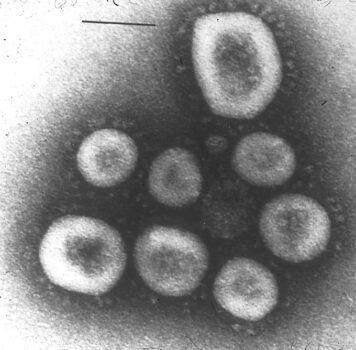On December 27, 2019, when Dr. Zhang Jixian, head of the respiratory department at Hubei Provincial Hospital, reported that a novel coronavirus was causing pneumonia among a cluster of patients in Wuhan. In fact, the first patient is thought to be a 55-year-old male who may have contracted the disease in the early parts of November 2019 and was seen by health professionals on November 17 that same year.
The corona-viruses are so named because under an electron microscope, each virion seems to be surrounded by a crown.

Corona viruses are very common. They are one of the groups of viruses that cause the common cold, a disease. The common-cold is mostly self-limiting; that is they do not require medications for treatment. Rather it is often managed with hydration and medications that relieve the symptoms.
There are however, more aggressive forms of coronaviruses; ones that cause higher disease burden by causing more severe illness and higher numbers of deaths. You may remember the SARS-coronavirus outbreak of 2002-2004, which also started in China. The unique thing about COVID-19 coronavirus is the rapid spread and it’s ability to cause significant mortality and morbidity, thus enabling it to erupt to pandemic proportions.
Sadly, the world is yet to see a cure or a vaccine for this pathogen. Until that time comes when there is such a treatment, and even beyond then, let us all remember that an ounce of prevention is worth a ton of cure. Let us all exercise our freedom to stay safe. Observe social (physical) distancing, wear a mask when you are going outside your house, sneeze or cough into the crease at your elbow joint, wash your hands always, and avoid touching your face.
What do you think about this piece? Share your comment in the comment thread and share the story using the social media buttons above. You may reach the editor on 0249579664. Thank you.